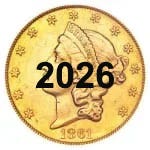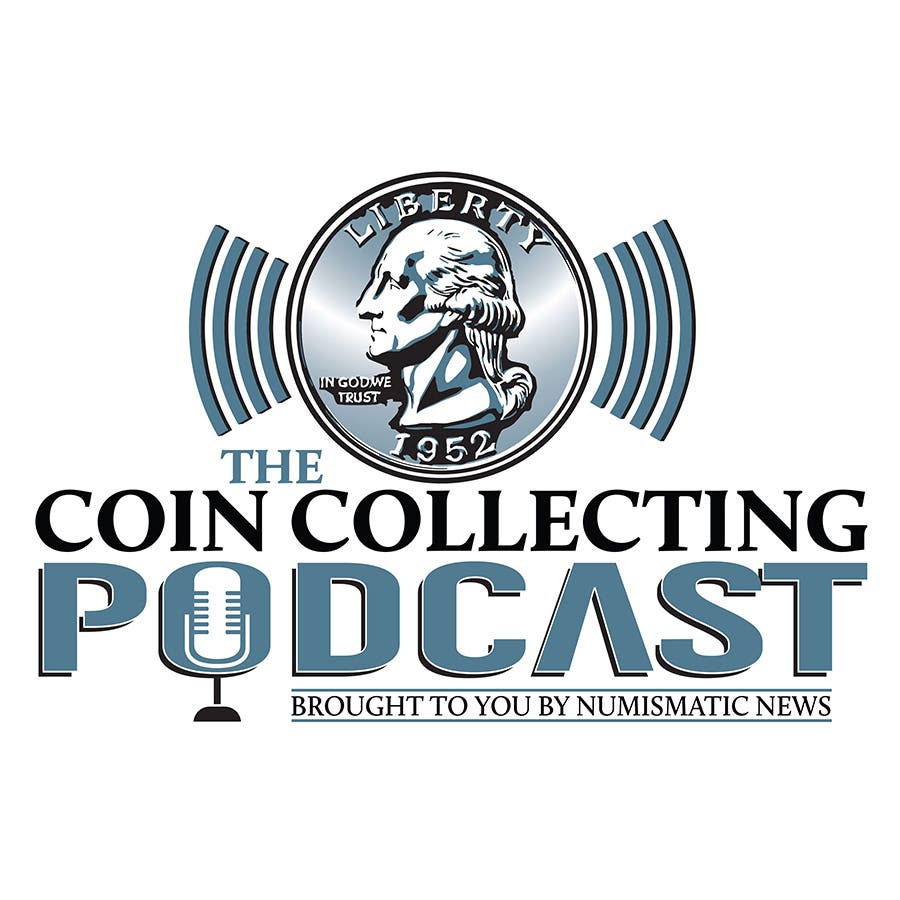San Francisco celebrates 75th
A lot has changed in 75 years at the San Francisco Mint. Gone are the fifth floor pistol range, blacksmith shop and tear gas security system, replaced by robotic technology, a clean room and a focus on lean manufacturing.
A lot has changed in 75 years at the San Francisco Mint.
Gone are the fifth floor pistol range, blacksmith shop and tear gas security system, replaced by robotic technology, a clean room and a focus on lean manufacturing.
To celebrate all that was, is and will be, the San Francisco Mint will host the public and state and national dignitaries at a 10 a.m. ceremony May 15.
And on May 11 it will begin striking the 2012 American Eagle San Francisco Two-Coin Silver Proof Set consisting of a proof and reverse proof, each with the “S” mintmark. The mintage, price and release date of the set have not yet been set.
Automation, technology and a change in manufacturing philosphy have had big impacts on the San Francisco Mint in the past 75 years, said Larry Eckerman, plant manager since 1999.
“It was a very manual operation,” Eckerman said of the Mint in 1937. “We did the whole gamut, including some smelting. So we made our own blanks, especially silver.”
Circulating coins, primarily made of silver, was the business of the day. But that wouldn’t last forever.
“Compositions changed, technologies changed, presses changed, demands changed and the mix of products changed,” Eckerman said. “Up through 1964 we made circulating coins. Then for a period of time we were not a mint at all. We were an assay office in 1955 and reopened as a mint in 1964.”
It began minting proof coins in 1968, but still produced some circulation coinage when needed. San Francisco produced cents for circulation 1968-1974, nickels 1968-1970. In 1975, it turned exclusively to minting proof coins, except for a brief stint producing circulation Susan B. Anthony dollars 1979-1981.
A little more than a decade ago, the San Francisco Mint employed more than 600 people. Today it has 271 employees, Eckerman said.
Like what you're reading? Subscribe to our FREE email newsletter by clicking here and stay up to date with the latest Numismatic News.
Although automation and technology were key factors in cutting the workforce and related costs, a shift in manufacturing philosophy was also a big factor, Eckerman said.
The Mint took a page out of Toyota’s manufacturing manual.
“We took employees from here to the Toyota facility and studied how they do manufacturing lean,” he said.
Senior leaders got certified as “lean” managers, he said, and then other employees were trained. The San Francisco Mint was getting ready for a whole new way of doing business.
“There has been a tremendous transition since I came in December 1999, he said. “We looked more like a business and industry of the 1960s and 1970s with a lot of manual operations.”
To make a coin, someone would put a blank in a press, press a button, strike the coin, lift the coin out of the press and repeat.
“Most proof sets were made by rows and rows and tables and tables of people inserting blanks,” he said.
Now robots fill those functions.
But that in no way diminishes the role of today’s Mint employees. Because of the importance of technology, operators are certified after completing intensive training. There even is the San Francisco Mint University.
“We have to have a way to get new people on board and up to speed,” Eckerman said.
It’s all part of a greater plan to be as efficient, flexible and productive as possible.
“Our philosophy is to be flexible, to be extremely robust, to be able to meet any challenge or demand and basically to be the aspirin for the headache that comes along,” Eckerman said.
“We’re fortunate to have a dynamic, excited group of employees who reach out to any challenge.”
More Coin Collecting Resources:
• Subscribe to our Coin Price Guide, buy Coin Books & Coin Folders and join the NumisMaster VIP Program









